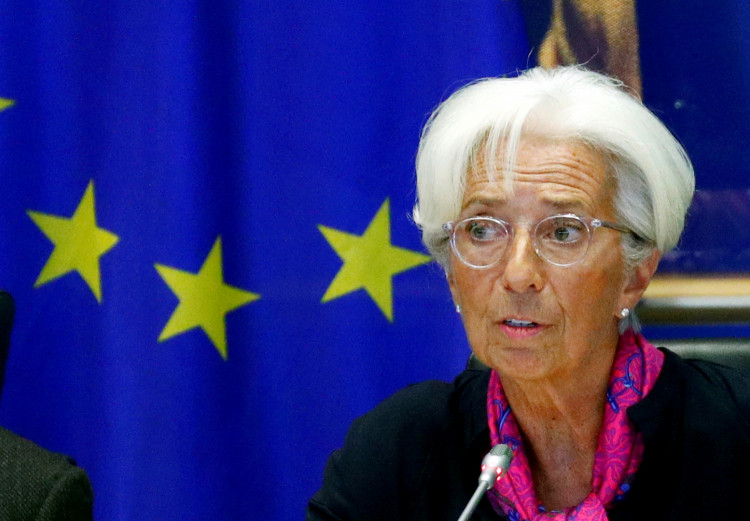The European Central Bank (ECB) announced a reduction in its main interest rate for the first time since 2019. This decision, which lowers the rate from a record high of 4% to 3.75%, comes amid ongoing inflationary pressures and just as voters prepare to head to the polls for EU-wide elections. The ECB's action follows similar cuts by the central banks of Canada, Sweden, and Switzerland earlier this week.
The ECB's rate cut aims to stimulate economic activity across the eurozone by making borrowing cheaper for consumers and businesses. This move is widely seen as a relief for the economy, which has been struggling under the weight of high-interest rates for the past two years. Central banks globally have kept rates elevated to combat rising prices, targeting an annual inflation rate of 2%. However, high-interest rates tend to suppress economic growth, prompting the need for such a cut.
Lindsay James, an investment strategist at Quilter Investors, remarked, "The ECB has stolen a march on the Bank of England and [US] Federal Reserve - who are both potentially still a few months away from cutting - and will breathe life into an economy that desperately needs some form of stimulus."
Despite the decision, inflation in the eurozone showed a slight uptick in May, rising to 2.6% from 2.4% in April. This increase adds complexity to the ECB's efforts to balance economic growth with price stability. The ECB's governing council, meeting in Frankfurt, acknowledged the need to moderate monetary policy restrictions to support the recovering economy, which remains sluggish despite showing signs of improvement.
Dean Turner, chief eurozone economist at UBS Global Wealth Management, told CNBC, "The slight upgrade to the inflation forecast was to be expected. Inflation has been printing a little bit hotter than markets were expecting, but in terms of the timing of the next cut I'd still be looking to September."
The ECB's decision to cut rates precedes similar anticipated actions by other major central banks. The U.S. Federal Reserve is expected to follow suit in the coming months, though its latest inflation figure remains higher at 3.4%. The Bank of England may also trim rates soon, influenced by the upcoming UK elections and recent inflation trends.
Katherine Neiss, chief European economist at PGIM, expressed confidence in further rate cuts by the ECB later this year. "Growth is encouragingly recovering from the recession that the euro area went through towards the end of last year, but it's still sluggish," Neiss said, adding that easing inflation and wage growth would justify additional cuts.
Mark Wall, chief European economist at Deutsche Bank, noted the ECB's cautious approach. "The statement arguably gave less guidance than might have been expected on what comes next. In that sense, the immediate tone is a 'hawkish cut'. This is not a central bank in a rush to ease policy," he said.
The ECB's latest projections indicate that inflation will average 2.5% in 2024 and 2.2% in 2025, slightly higher than previous forecasts. Despite this, the central bank remains optimistic about economic growth, predicting an average growth rate for the eurozone of 0.9% in 2024, 1.4% in 2025, and 1.6% in 2026.






